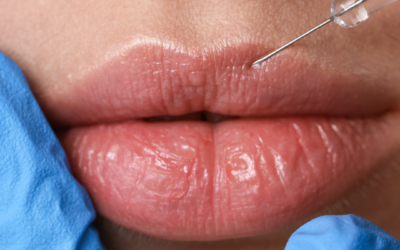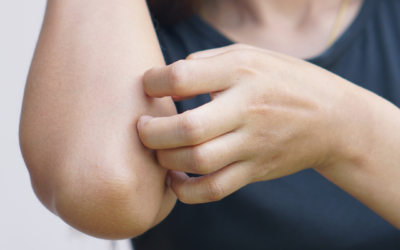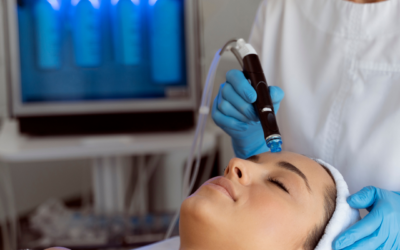
While many associate allergies and the related symptoms with plant pollen so common in the spring, fall allergies can be just as prevalent. The symptoms that impact your immune system, overall health, and your skin can also be just as pesky as the temps cool and the leaves start to fall. What are the Common Causes of Fall Allergies?
- Ragweed pollen is the most common cause of fall allergies. Approximately 75 percent of people who suffer from spring allergies will also be affected by ragweed pollen, according to the Asthma and Allergy Foundation of America. In most parts of the country, the season used to start in mid-August and run through September; now it begins in early August and runs through mid-October when the first frost kills the ragweed plants.
- Mold and mildew are the second leading causes of fall allergies, and can thrive both indoors and out. They grow from and produce spores that, like pollen, are spread by the wind or indoor air. In the fall, they grow on damp, fallen leaves and compost piles. They also thrive in damp indoor areas, such as basements, bathrooms, and kitchens. Unlike pollen from ragweed and other plants, mold and mildew aren’t killed by the first frost, but they do tend to go into a dormant phase during the winter months.
- Dust mites are microscopic arthropods that feed primarily on flakes of human skin that are shed naturally around the home. While they are present in your home year-round, they can aggregate seasonal allergies in the fall when you close up your home, begin spending more time indoors, and turn on your furnace for the first time. It’s next to impossible to completely rid your home of dust mites but you can take steps to keep them at a manageable level.
- Kids are often exposed to various allergens in the classroom during back-to-school season. These can include chalk dust, classroom pets, as well as indoor and outdoor dust. Students with food allergies may also be exposed to allergens in the lunch room. Help your child understand what can trigger their allergies at school and if they come home with an unusual skin reaction or rash, be sure to contact your local Forefront Dermatologist. Notify teachers and the school nurse of any emergency medications, such as quick relief inhalers and epinephrine for those children with known allergies.
What Are the Symptoms To Look Out for in Your Skin to Indicate You May Have Fall Allergies? In addition to the telltale signs of allergies, such as a runny nose and itchy throat, paying attention to what’s going on with your skin can be a mirror of your overall health. These reactions in your skin can serve as an indicator as to whether you may be experiencing fall allergies. According to Zain Hussain, a board-certified dermatologist with Forefront Dermatology, in Vienna, VA, “the most common skin reactions triggered by fall allergies include hives; dry, itchy skin; dark, under-eye circles; red, puffy eyes; and eczema. Experiencing these symptoms in your skin as the season starts to change from summer to fall may be a clue that you are suffering from allergies.” How Can You Prevent and Manage the Symptoms of Fall Allergies?
- Keeping your home clean is one of the best ways to reduce seasonal allergens while you are spending the cooler months indoors. Remove shoes and outerwear while coming in and out of the home, change vent filters, clean air vents throughout the house, and service heating systems. Vacuuming and dusting often may help to keep dust mites, pet dander or other indoor allergy triggers under control can help alleviate fall allergy symptoms. Cover your mattress and pillows in dust-proof covers and wash all bedding in hot water regularly.
- Keep your skin moist to prevent eczema and dry skin. You can do this by using a thick, moisturizing lotion all over your body; using a humidifier to keep the air in your home from becoming too dry; and drinking plenty of fluids throughout the day.
- Use traditional methods to treat and prevent allergies, such as antihistamines, nasal sprays, and eye drops.
Your Local Skincare Experts at Forefront Dermatology Can Help If you or a family member are experiencing symptoms caused by fall allergies, such as hives; dry, itchy skin; dark, under-eye circles; red, puffy eyes; and eczema, find the Forefront physician nearest you to learn about things you can do to help alleviate and prevent your allergy symptoms.





